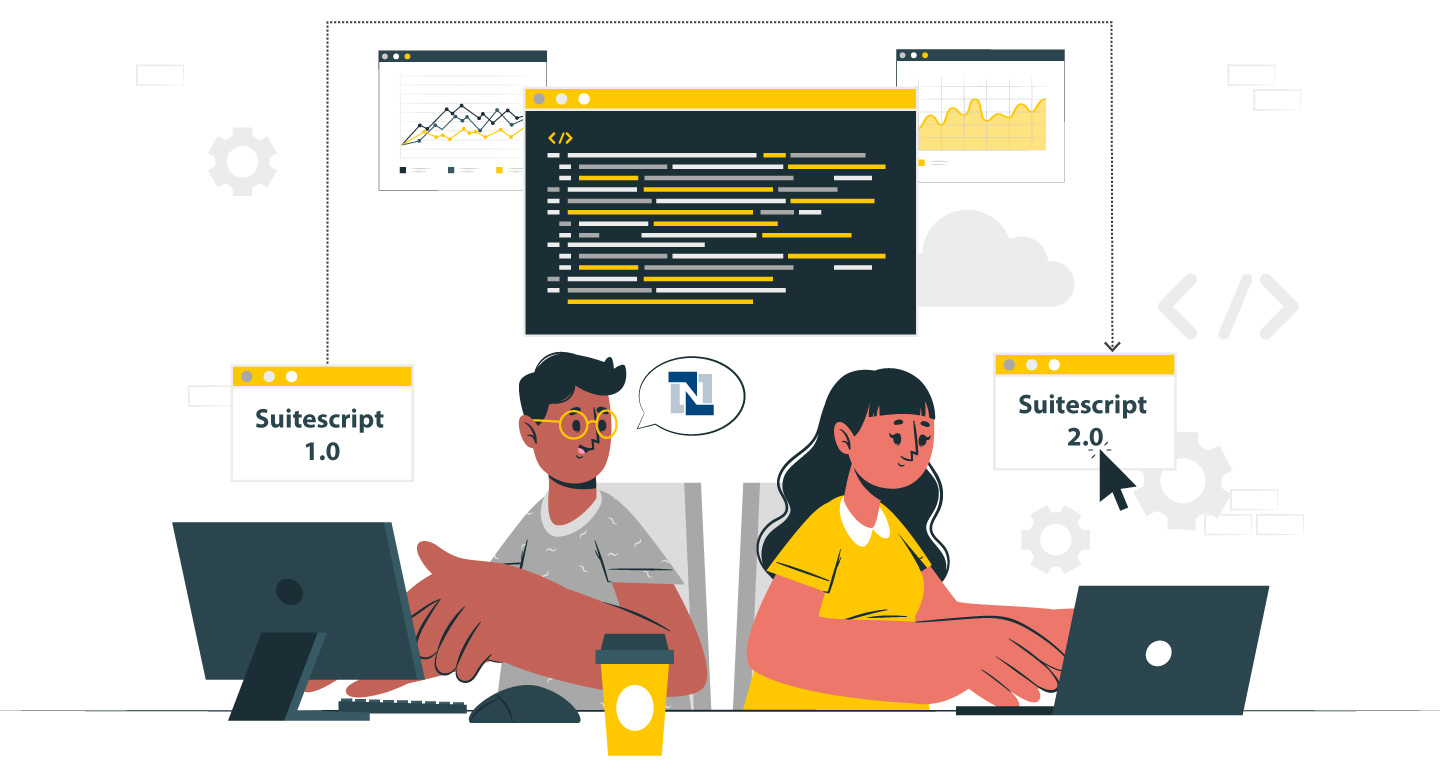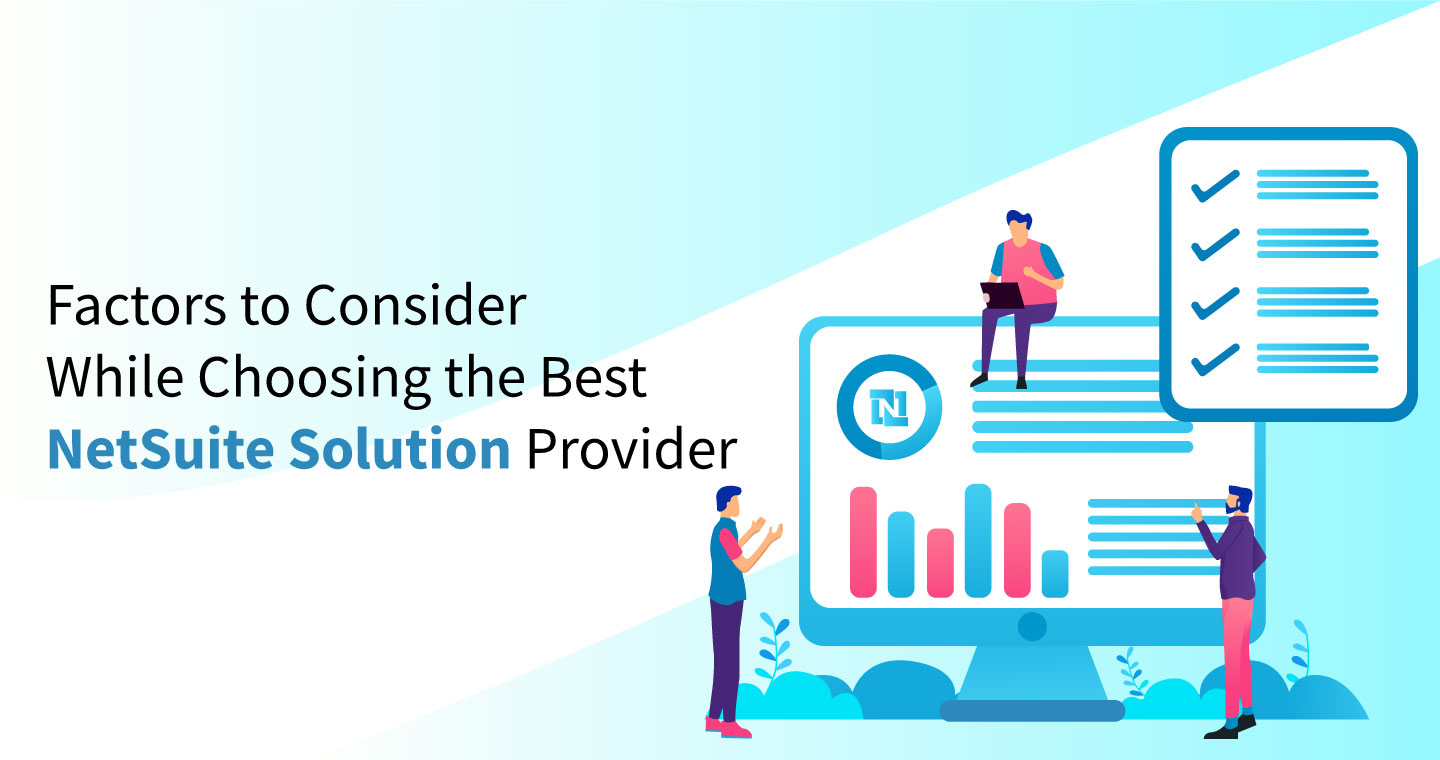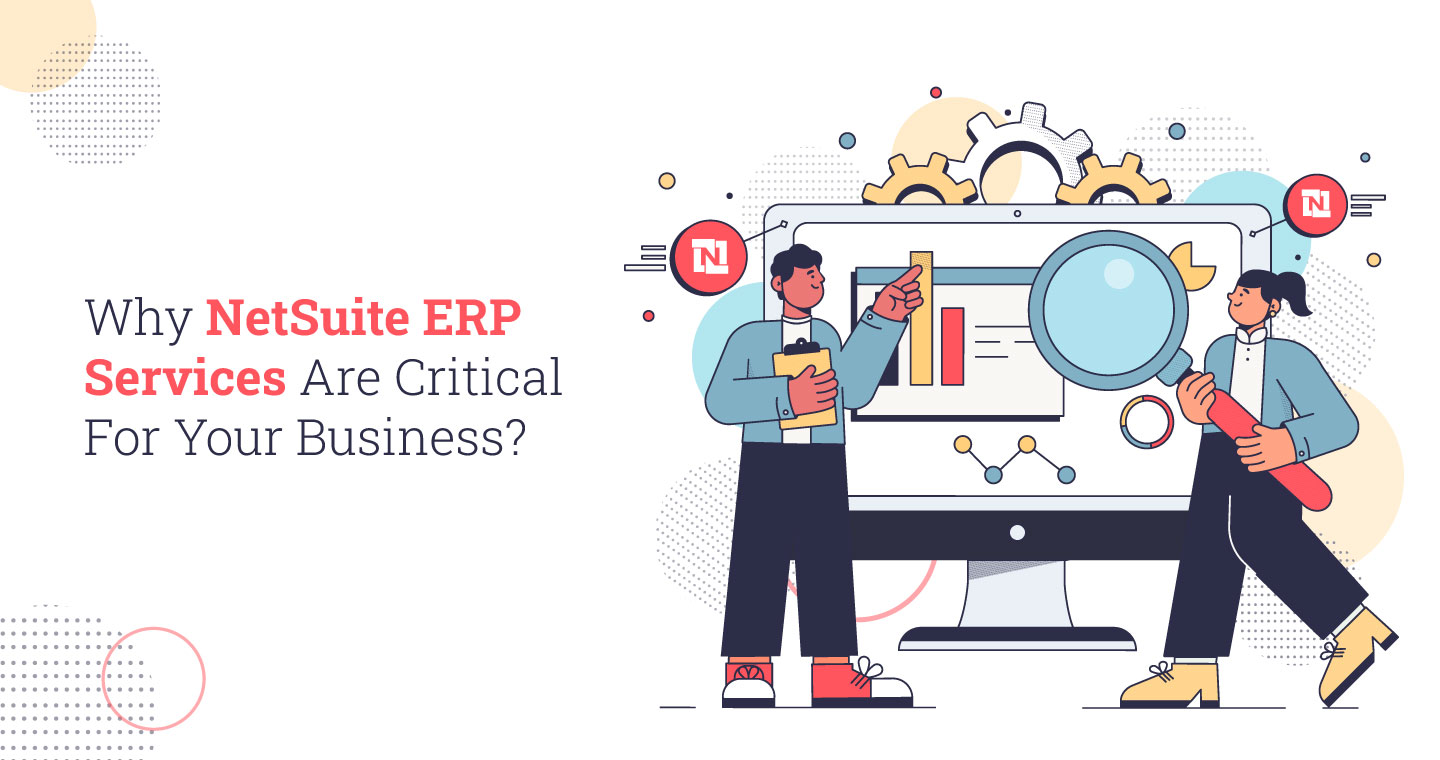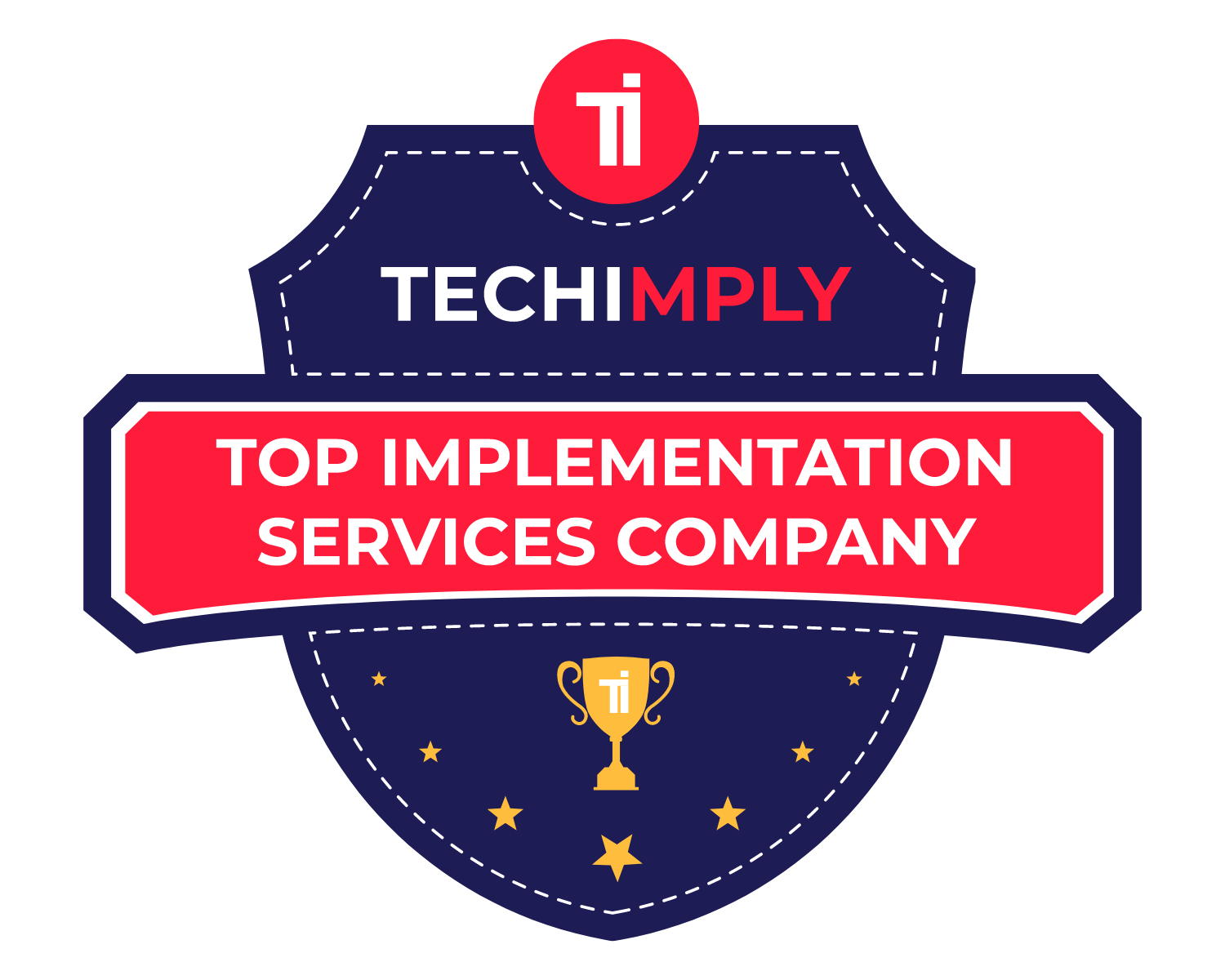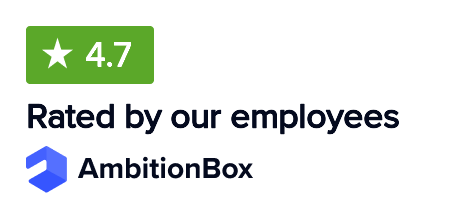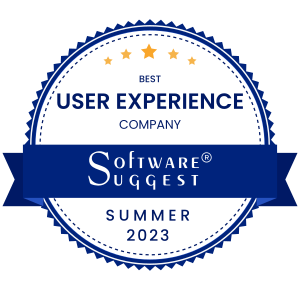Using a unified platform that synchronizes multiple applications is no longer a choice but a necessity. Think of an enterprise environment where accessing data across multiple functional applications requires a lot of time and resources. Compare it with the ease of an integrated suite of applications catering to all functional needs through a single platform. NetSuite, as a leading ERP platform, opens up avenues not only to integrate disparate software systems but also to customize them as per specific business needs.
Several different methods are at the disposal for integrating business apps with NetSuite, including native and out-of-the-box solutions like SuiteApps and third-party integration tools. To align integrations further to your specific business needs, you can consider custom integrations as well.
Let’s now explore each of these NetSuite integration methods in detail.
Native NetSuite Integrations
NetSuite comes loaded with a bucket of native integration solutions that are designed to reduce manual efforts and boost efficiency. These native integration solutions can be broadly categorised into SuiteApps and SuiteCloud Connectors.
SuiteApps (NetSuite’s SuiteApp Marketplace)
In the NetSuite ecosystem, SuiteApps, catering to diverse business functions and domain-specific requirements, are the best ready-to-go integration solutions. Let’s see what SuiteApps offer.
- Meeting a variety of functional needs: SuiteApps cater to a wide range of functionalities, such as tax compliance, financial reporting, e-commerce, supply chain, etc.
- Customisable as per enterprise needs: SuiteApps can be further customised to meet specific scalability and functional needs of the enterprise.
- Pay as you opt: SuiteApps, as part of the core NetSuite ecosystem, doesn’t bring an extra cost burden for everyone on all the functional apps it offers. Based upon the requirement, customers can choose specific SuiteApps of their choice.
SuiteCloud Connectors
SuiteCloud Connector is another method for seamless NetSuite integration with other business apps. They allow seamless connectivity as well as interoperability. Here’s what SuiteCloud Connectors have to offer.
- Salesforce Integration: There is a connector to help businesses connect the Salesforce CRM solution with NetSuite. Thanks to this connector, you can get the best of both NetSuite and Salesforce platforms.
- Google Apps Integration: For enterprises relying heavily on popular Google apps, SuiteCloud Connector allows users to access NetSuite data directly through Gmail, Google Calendar, Google Chat or Google Drive.
- Office 365 Integration: Similarly, enterprises using Microsoft 365 for Office Suite can connect it with NetSuite through SuiteCloud Connectors, ensuring seamless data synchronisation and collaboration.
iPaaS (Integration Platform as a Service) Solutions
While NetSuite integration methods and tools are ready-to-use options, businesses often need custom integrations to fulfil specific objectives. iPaaS (Integration Platform as a Service) providers deliver enhanced scopes of customisation. Let’s explore some prominent iPaaS solutions and their key features.
Celigo
Celigo, as a leading iPaaS (Integration Platform as a Service) provider, is well-known for its process-centric approach. Here’s a closer look at what Celigo offers.
Features:
Celigo offers an array of features to streamline integration processes and ensure synchronisation with ease.
- Pre-built Integrations: Celigo offers a vast library of pre-built integrations covering a wide range of business applications and systems. These pre-built integrations accelerate deployment timelines and minimise development efforts.
- Customization Options: While offering pre-built integrations, Celigo also provides extensive customization options such as custom data mappings, advanced workflow configurations, etc.
- Powerful Monitoring: Celigo offers powerful monitoring capabilities to track data flows and identify issues and operational bottlenecks.
- Dedicated Support: Celigo offers dedicated support to provide prompt assistance and guidance to resolve any integration challenges.
Use Cases:
Celigo caters to a diverse range of use cases across industry domains. Here are some examples.
- E-commerce: Celigo integration helps businesses automate order processing, inventory management, and customer data synchronisation.
- CRM: Celigo allows seamless integration with existing CRM systems to streamline sales processes, enhance customer engagement, and push revenue growth.
- Legacy Systems: Celigo simplifies the integration of NetSuite with existing legacy business applications and ensures seamless data exchange between finance, operations, and other functional areas.
Dell Boomi
Dell Boomi is unique with its ability to scale integrations automatically, and it allows seamless self-management as well. It can learn the user requirements and can adjust accordingly. This helps reduce manual efforts to create a seamless integration experience. Let’s explore the Dell Boomi’s capabilities further.
Features:
Dell Boomi comes loaded with a robust set of useful and advanced features for streamlined connectivity and ease of synchronising data.
- Visual Interface: The platform offers a smooth, user-centric, and intuitive interface for enterprise users as well as developers. Thanks to the visual interface, users can seamlessly make changes in configuration and design and deploy the necessary integrations easily.
- Connectors Library: There is also a large library of connectors to cater to diverse integration requirements. The library offers useful connections ranging from SaaS applications to on-premise databases to legacy software systems.
Use Cases:
If you are a medium or large enterprise requiring a lot of connectors to deal with critical workflows and large processes, Dell Boomi is the right platform for you. Here are some of the relevant use cases for this platform.
- Enterprise Applications: In case your organisation needs to integrate a whole array of different enterprise applications, it can be the ideal pick. It allows the integration of all sorts of enterprise applications, such as ERP systems, CRM platforms, HR software, and more.
- Cloud Integration: Do you require seamless data integration between on-premise and cloud environments? In that case, it can be the ideal platform choice for you. For both cloud data migration and for synchronising data across different cloud applications, it can be the ideal choice.
- B2B Integration: The platform is also good for B2B integration needs, and it offers robust B2B features such as EDI (Electronic Data Interchange), document exchange, and partner onboarding.
Custom Integration Methods
Custom integration is often preferred to fulfil unique business requirements. Where out-of-the-box integrations fail or don’t fit, custom methods come to the rescue with the flexibility of creating and deploying solutions catering to specific scenarios. Custom methods easily fit into the business workflows and cater to the specific objectives in contrast to “one size fits all” integration methods. Here, we will explain some of the custom integration methods with NetSuite.
SuiteTalk (SOAP and REST APIs)
SuiteTalk offers powerful SOAP and REST APIs for seamless real-time data exchange between NetSuite and external systems. These web-based integration methods with NetSuite ensure smooth, efficient, and secure data transactions.
Real-Time Data Exchange with SuiteTalkSOAP and REST APIs
Within the NetSuite ecosystem, SuiteTalk supports both SOAP and REST APIs. SOAP APIs offer a structured and standardized approach, ideal for complex transactions requiring tight security and detailed protocols. On the other hand, REST APIs are more lightweight and scalable, suitable for modern web and mobile applications where speed and efficiency are crucial.
Use Cases:
- Real-Time Integration with External Systems: You can make integrations with external systems in real time with this method. It allows integration with CRMs, ERPs, e-commerce platforms, legacy systems and custom enterprise applications.
- Mobile App Integrations: It also allows easy integration with mobile apps. By integrating with the mobile app interface, it helps users to interact with NetSuite seamlessly from their handheld devices.
Benefits:
- Standard Protocols: SuiteTalk APIs always adhere to standard industry protocols and, consequently, guarantee better compatibility and reliability throughout diverse systems.
- API Documentation: SuiteTalk API documentation, provided by NetSuite, allows easy troubleshooting in case any integration goes wrong. The documentation also helps as a guide to seamless implementation.
Challenges:
- Must-have Knowledge of Web Services: The knowledge gap can be a major challenge for this NetSuite Integration method. To implement this method, you need to have good knowledge of web services such as SOAP and REST APIs.
- Setup Complexity: Another important challenge is the need to have in-house experts to deal with the technical implementation.
Middleware and ETL Tools
For Netsuite integration with business apps, you also need to take into account the Middleware and ETL tools. There are a few powerful tools out there in the market. Let’s briefly describe them.
Jitterbit
Features:
Jitterbit is a cloud-based and feature-rich integration platform known for its standout capabilities in streamlining connectivity across different systems. Jitterbit supports batch data integration in real-time, ensuring maximum agility and productivity for data-centric operations. Jitterbit also allows for the ease of designing, deploying, and managing API connections. It is a great tool for simplifying complex and multilayered integrations by using pre-built templates and pre-configured connectors.
Use Cases:
Jitterbit can be used to integrate enterprise systems such as ERP, CRM, and e-commerce platforms. As an example, it can simplify customer data synchronization between an e-commerce platform and a CRM system. Another common use case of Jitterbit is migrating legacy system data to cloud-based platforms, resulting in minimum delays.
Informatica
Features:
Informatica is another well-acclaimed platform with powerful ETL features. Besides data extraction, transformation, and loading (ETL), it also delivers a range of tools for data governance.
Use Cases:
Informatica is a preferred choice for data warehousing and business intelligence projects, where it aggregates and organises data from multiple sources to support advanced analytics and reporting.
Talend
Features:
Talend offers both open-source and enterprise versions, catering to a wide range of business needs and budgets. It offers extensive connectivity options, allowing integration with different data sources, including databases, cloud services, and big data platforms.
Use Cases:
Talend is particularly effective in big data integration, allowing businesses to manage and process large chunks of data across big data systems like Hadoop and Spark. Talend offers cloud data integration support features as well to help enterprises connect on-premise data with cloud applications.
Integration via EDI (Electronic Data Interchange)
For Netsuite integration with business apps, Electronic Data Interchange (EDI) is also a powerful method. It helps businesses to adhere to the standard formats and protocols for electronic data exchange. Here, we will explore the top EDI service providers, key features, suitable use cases, benefits, and challenges.
EDI Solution Providers:
Two leading EDI solution providers are SPS Commerce and TrueCommerce. SPS Commerce offers a cloud-based EDI platform to connect trading partners and streamline supply chain processes. TrueCommerce, on the other hand, provides an EDI platform to integrate seamlessly with disparate business systems.
Features:
EDI solutions utilise standardised data formats, such as ANSI X12 and EDIFACT, to ensure consistent and accurate communication between different businesses. EDI solutions help enterprises to avoid human-made errors in data entry.
Use Cases:
EDI is extensively used in supply chain management, where automated and accurate exchange of essential documents like purchase orders, invoices, and shipping notifications is crucial. EDI also ensures quick order processing and accurate communication among trading partners.
Comparative Analysis of NetSuite Integration Methods
When selecting an integration method with NetSuite, businesses must consider various factors such as ease of implementation, cost, performance, and support. We need to examine the pros and cons of each integration method, including native integrations, third-party tools, IPaaS, and custom solutions.
Ease of Implementation
Native or out-of-the-box NetSuite integration methods are understandably the easiest to implement. While they do not need resource-consuming intricate customisations, they cannot meet business-specific needs in all scenarios. Third-party tools, on the other hand, while offering greater flexibility and advanced features, may involve more setup effort and technical expertise. Custom integrations may offer the required specialisation for enterprises, but they also involve the most complex and resource-intensive implementation.
Complexity and Technical Expertise
Native integrations generally involve minimal setup complexity and can often be configured through user-friendly interfaces. Third-party tools may require some intermediate technical skills for installation and configuration, particularly if they need to integrate with multiple systems or require customization. Custom solutions, on the other hand, typically require advanced technical skills, including programming, system integration, and project management.
Cost Factor
Native NetSuite integrations are cost-efficient because the primary licensing and implementation cost covers the cost of integrations. With third-party integration tools, businesses need to pay subscription or licensing fees separately. Moreover, the cost of third-party tools can go up with the number of users, data volume, and additional features. Custom integrations, on the other hand, require configuration expertise, resulting in the highest initial setup costs. However, compared to the other two methods, custom integrations may require less maintenance and upkeep.
Performance and Reliability
Native NetSuite integrations are designed for rapid data synchronisation and minimal downtime. On the other hand, you need to evaluate third-party tools and whether they are fit for specific integration objectives. Lastly, custom solutions are always built to cater to complex and typical use-case scenarios. Hence, custom integrations have the upper hand in terms of performance and reliability.
Support and Maintenance
Native integrations benefit from NetSuite’s professional support, which is robust and well-equipped. Leading third-party integration tools also offer professional support. Custom integrations, in contrast, need to rely on in-house support or the NetSuite implementation Services. This is why choosing the right vendor can be a decisive factor.
Choose VNMT as Your NetSuite Integration Partner
Ready to streamline your NetSuite integrations with expert assistance?
VNMT specialises in the most complex, business-specific NetSuite integrations services. Based on the required length and breadth of customisations, we plan and execute integrations to meet unique business needs. We ensure achieving measurable success for your business through tailored-fit NetSuite integrations.

Conclusion
No integration method fits all different business scenarios. It entirely depends upon the typical requirements, business objectives, available resources and budget. NetSuite can be a game-changer for your growth dynamics when you choose the right integration method based on these considerations.
By carefully evaluating factors like ease of implementation, cost, performance, and support, you can find the integration strategy that best aligns with your needs. When deciding gets difficult, always reach out to NetSuite experts who have exposure to diverse NetSuite integration scenarios and challenges.


